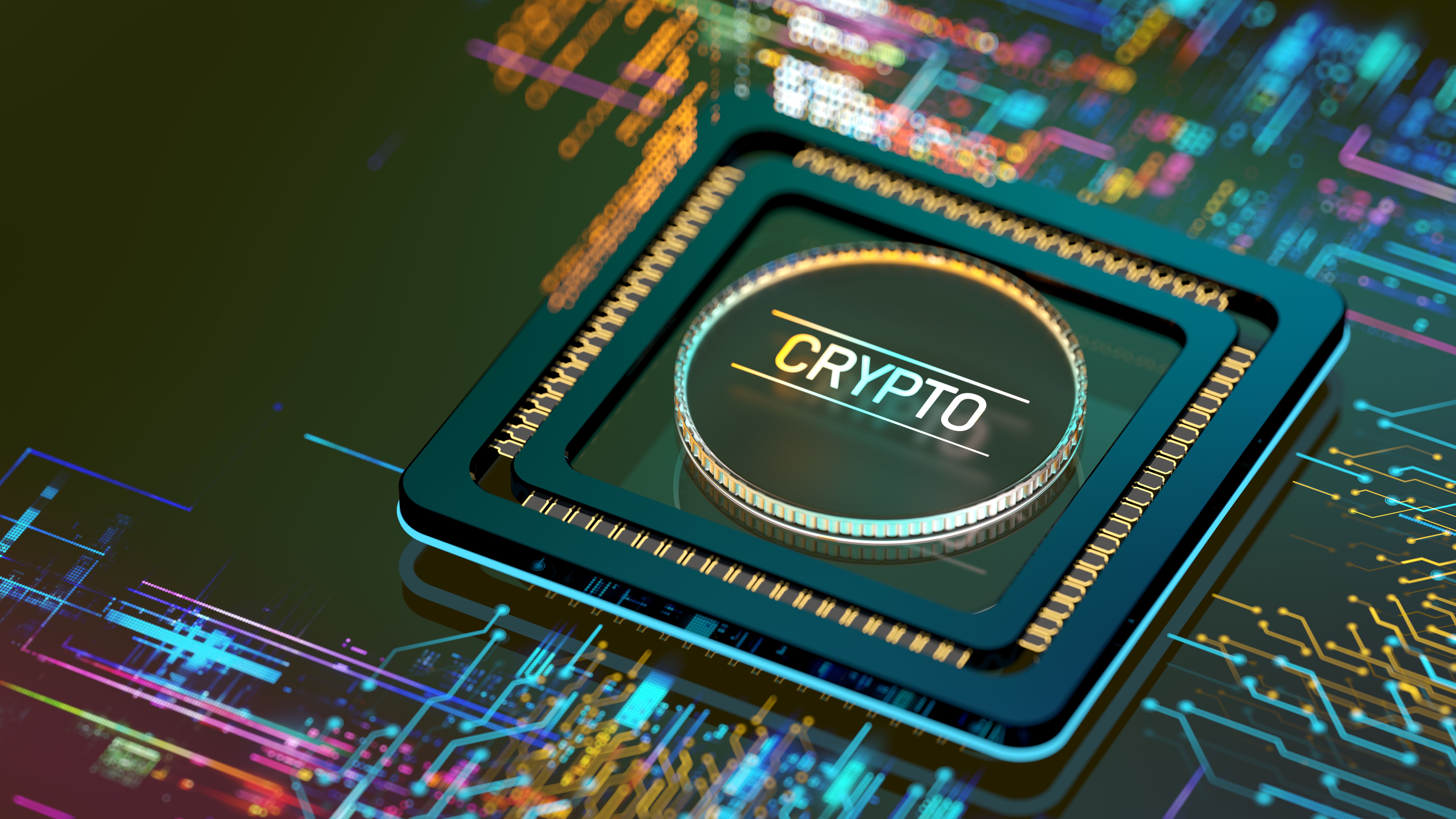Exploring Interoperability: Building the Multi-Chain Future of Crypto
Understanding Interoperability in the Crypto World
As the cryptocurrency landscape continues to expand, the concept of interoperability has emerged as a crucial factor in the quest for a more connected and efficient blockchain ecosystem. Interoperability refers to the ability of different blockchain networks to communicate and operate seamlessly with one another. This capability is essential for realizing the full potential of decentralized finance (DeFi) and other blockchain applications.
The current crypto environment is characterized by a multitude of blockchains, each with its own unique protocols, consensus mechanisms, and token standards. These differences can often create silos that hinder the seamless transfer and interaction of data across platforms. Therefore, achieving interoperability is not just a technical challenge but also a strategic necessity for building the multi-chain future of crypto.

The Importance of a Multi-Chain Future
A multi-chain future envisions a world where various blockchains operate in harmony, each contributing its strengths to create a more robust and versatile ecosystem. This approach offers several benefits:
- Increased Scalability: By distributing workloads across multiple chains, the overall system can handle more transactions without sacrificing speed or efficiency.
- Enhanced Innovation: Developers can leverage different blockchains to experiment with new features and applications, driving innovation without being restricted to a single platform.
- Improved Security: A multi-chain approach can enhance security by reducing the risk of single points of failure and allowing for cross-chain verification.
Ultimately, interoperability lays the groundwork for these advantages by enabling blockchains to share information and services fluidly.
Technological Approaches to Interoperability
Several technological approaches are being developed to achieve interoperability, each with its unique advantages and challenges:
- Cross-Chain Bridges: These bridges enable tokens and data to move between different blockchains, acting as connectors that facilitate interoperability.
- Sidechains: Sidechains allow assets to be securely transferred between a main blockchain and an auxiliary chain, providing greater flexibility and functionality.
- Interoperable Protocols: Protocols like Polkadot and Cosmos are designed specifically to allow multiple blockchains to interoperate by providing a framework for secure cross-chain communication.

Challenges in Implementing Interoperability
Despite the promise of interoperability, several challenges need to be addressed to realize its full potential:
Technical Complexity: Designing systems that can seamlessly interact with vastly different blockchain architectures is inherently complex. Developers must ensure that these systems maintain security and efficiency while facilitating interoperability.
Standardization: The lack of standardization across different blockchain platforms complicates efforts to create universal interoperability solutions. Establishing common standards is essential for ensuring smooth cross-chain interactions.

The Role of Governance in Interoperability
Governance plays a vital role in achieving interoperability. As different blockchains attempt to interact, it becomes necessary to establish governance mechanisms that can oversee these interactions and resolve any disputes that may arise. Effective governance ensures that interoperability solutions remain secure, fair, and beneficial for all parties involved.
The development of decentralized autonomous organizations (DAOs) offers a promising avenue for managing governance in a multi-chain ecosystem. DAOs can facilitate decision-making processes across different blockchains without central authority, promoting transparency and inclusivity.
The Future of Interoperability in Crypto
The journey toward full interoperability is still underway, but the potential benefits make it a worthy pursuit. As more projects embrace the idea of a multi-chain future, we can expect to see increased collaboration between blockchain networks, leading to more innovative and inclusive solutions.
By addressing the challenges and leveraging technological advancements, the crypto community can build a more interconnected ecosystem that maximizes the strengths of individual blockchains while minimizing their weaknesses. This vision of a connected crypto world holds the promise of transforming industries and empowering users worldwide.
